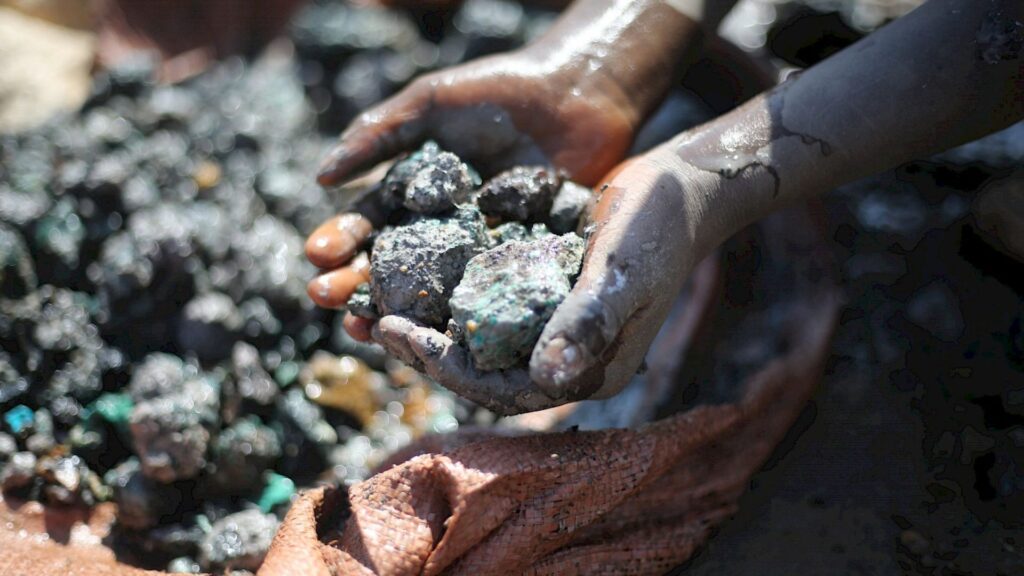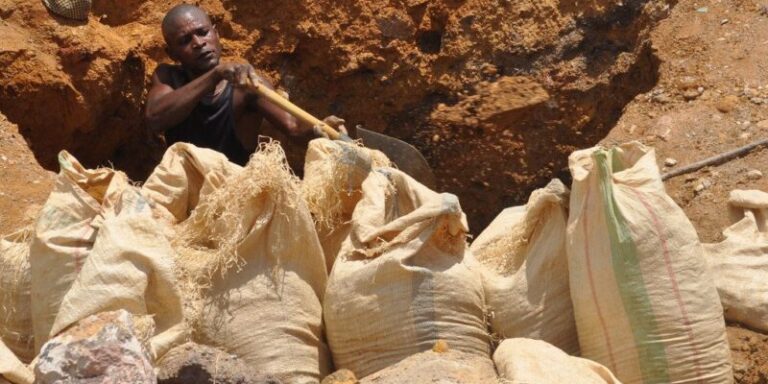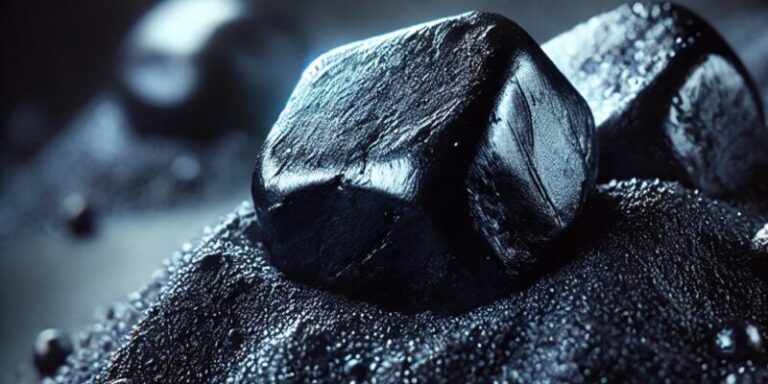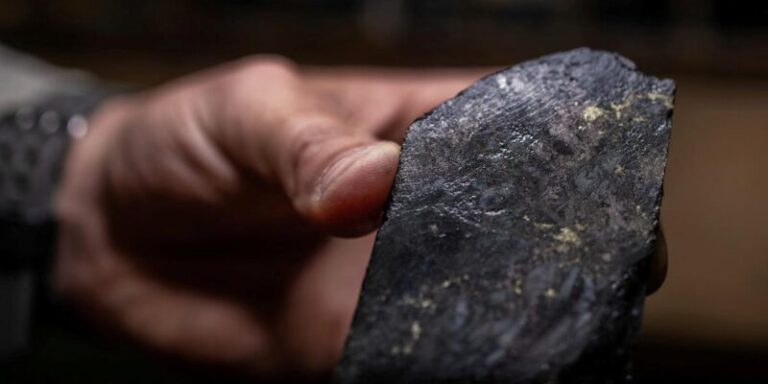
xr:d:DAF6VRD2yJQ:4,j:4894702885975185673,t:24011915
The rapid surge in demand for critical minerals, driven by the global shift to clean energy, is presenting significant obstacles to achieving energy transition targets, according to data and analytics firm GlobalData.
“The global clean energy transition is accelerating, relying heavily on renewable technologies such as solar photovoltaic cells and wind turbines, along with energy solutions like hydrogen, energy storage, and carbon capture,” GlobalData notes. However, this rising demand is straining mineral supplies, creating bottlenecks for the sector.
In its latest Strategic Intelligence report on critical minerals, GlobalData identifies major barriers to scaling clean energy technologies, including mineral depletion, resource monopolization, geopolitical tensions, and water scarcity.
Strategic Intelligence analyst Martina Raveni highlights concerns about the near-term depletion of critical minerals, noting that market instability in green technologies is causing significant price fluctuations.
Additionally, declining ore quality complicates extraction processes, particularly in the copper industry, making production less efficient.
To mitigate these challenges, recycling is emerging as a key strategy for diversifying supply chains and reducing dependency on primary resources.
Geographic Concentration and Geopolitical Risks
The concentration of critical mineral resources in specific regions further exacerbates supply risks. For example:
- South America and Australia dominate lithium reserves.
- The Democratic Republic of Congo (DRC) leads in cobalt production.
- Indonesia is a major supplier of nickel.
“Geographic monopolies heighten supply vulnerabilities, compounded by geopolitical tensions, environmental challenges like water scarcity, and stricter environmental, social, and governance (ESG) disclosure requirements,” says Raveni.
The race for control over these resources has intensified rivalries among major powers, including China, the US, and the EU.
Currently, China dominates the critical minerals supply chain and energy transition technologies. In response, Western nations have imposed sanctions to rebalance the market, disrupting global supply chains. China’s 2023 ban on rare earth element exports further escalated the situation.
These supply challenges raise concerns about the feasibility of meeting clean energy objectives. “Shortages of critical minerals may hinder nations’ ability to achieve their energy transition targets,” Raveni warns.
To overcome these obstacles, stakeholders must prioritize innovation in recycling, enhance global cooperation, and develop alternative supply chains to ensure a sustainable path toward clean energy adoption.





